All the time in the world
Some designs turn the world upside down – so much so that we can no longer imagine living without them. Clocks are undoubtedly one such invention. The mechanical clock triggered an unprecedented social revolution. Lewis Mumford wrote in 1934 that ‘the clock, not the steam-engine, is the key machine of the modern industrial age.’ According to this American historian, standardized time made possible the discipline and synchronization required by the industrial revolution. Nowadays, the clock governs our daily rhythm; the calendar shapes our lives. Productivity apps and gurus encourage us to plan everything to the minute. Heaven forbid you should miss anything!
Time is a mysterious phenomenon that has fascinated scientists, philosophers and artists for centuries. It has also been shaped socially and culturally. The way we measure time says a lot about our position in society. Once upon a time, ornately decorated clocks were the preserve of the very wealthiest. Nowadays, by contrast, luxury means precisely not having to look at the clock at all. It is not so long ago that trade unions campaigned fiercely to secure an eight-hour working day; today there are even calls to make it six hours. Now that atomic clocks can measure every second with scientific precision, we have to resort to ‘leap seconds’ to keep our cultural calendar on track. On closer reflection, then, time turns out to be less objective than clocks would have us believe.
How do we measure time? And above all, how do we shape it? What do ‘being productive’ and ‘getting the maximum out of your day’ actually mean? All the time in the world pauses time for a moment so we can take a closer look at it. The exhibition explores the stories behind historical and modern clocks, calendars and other time-measuring instruments that have shaped our modern world.
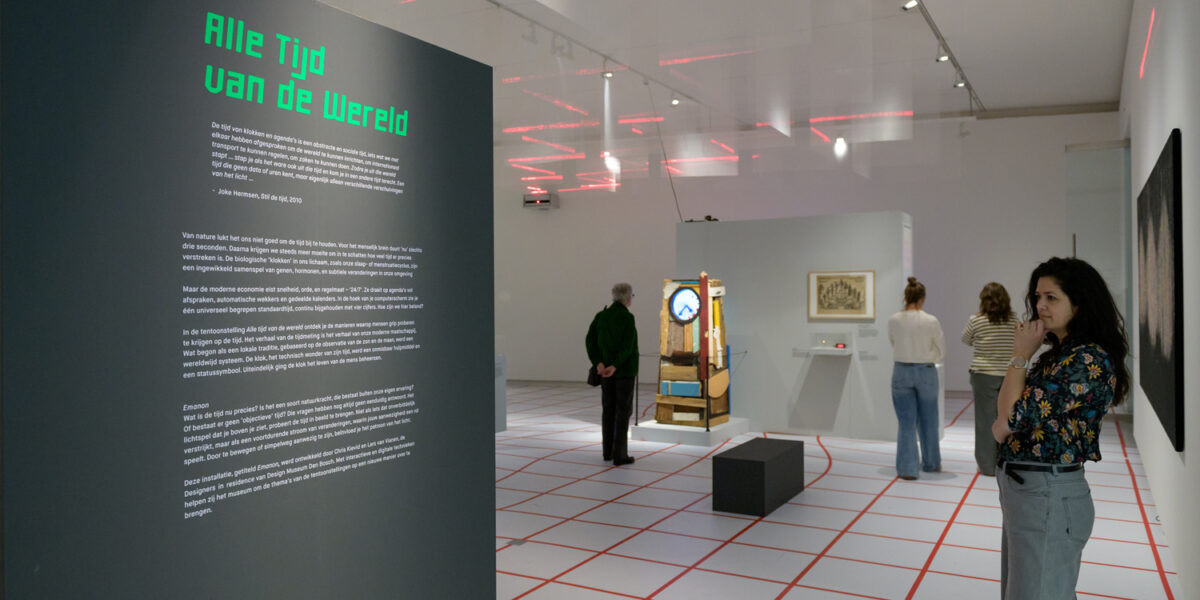
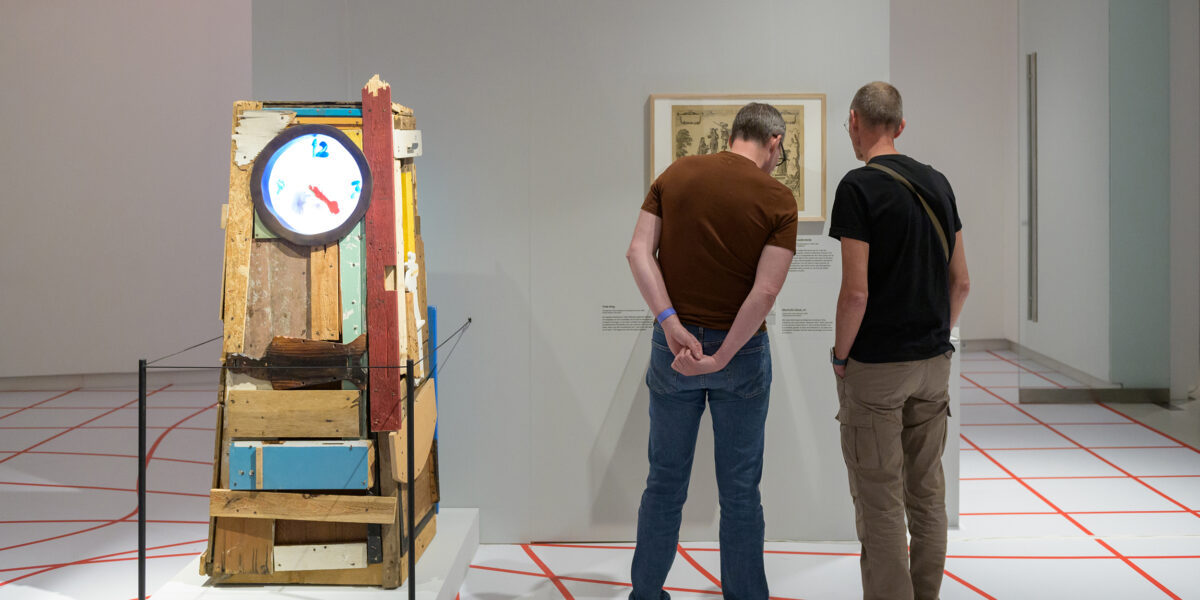
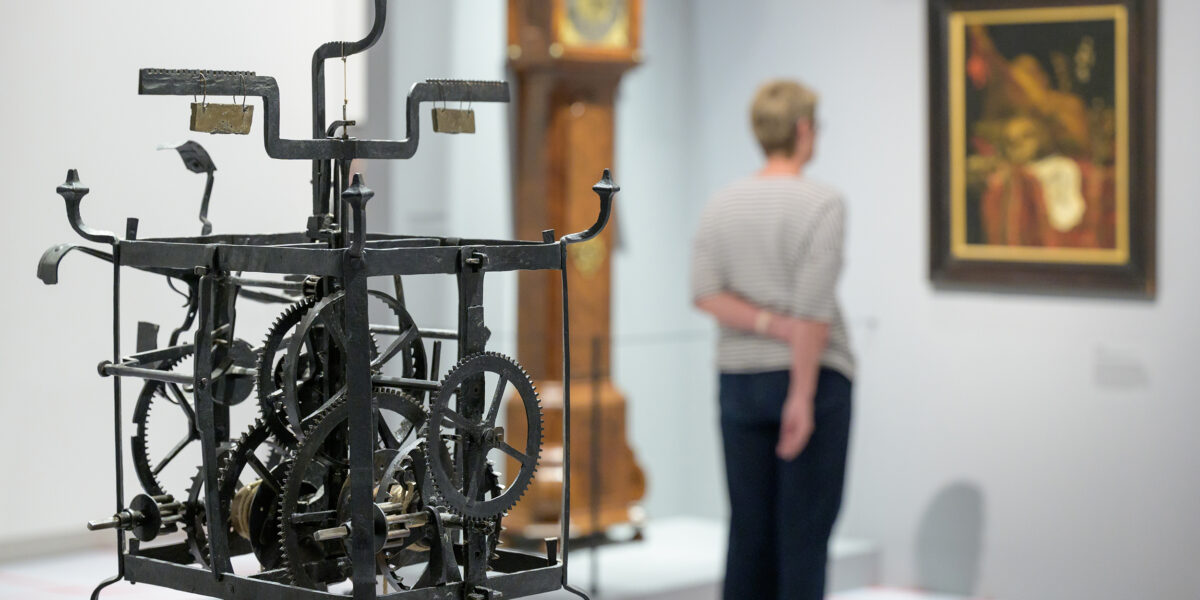
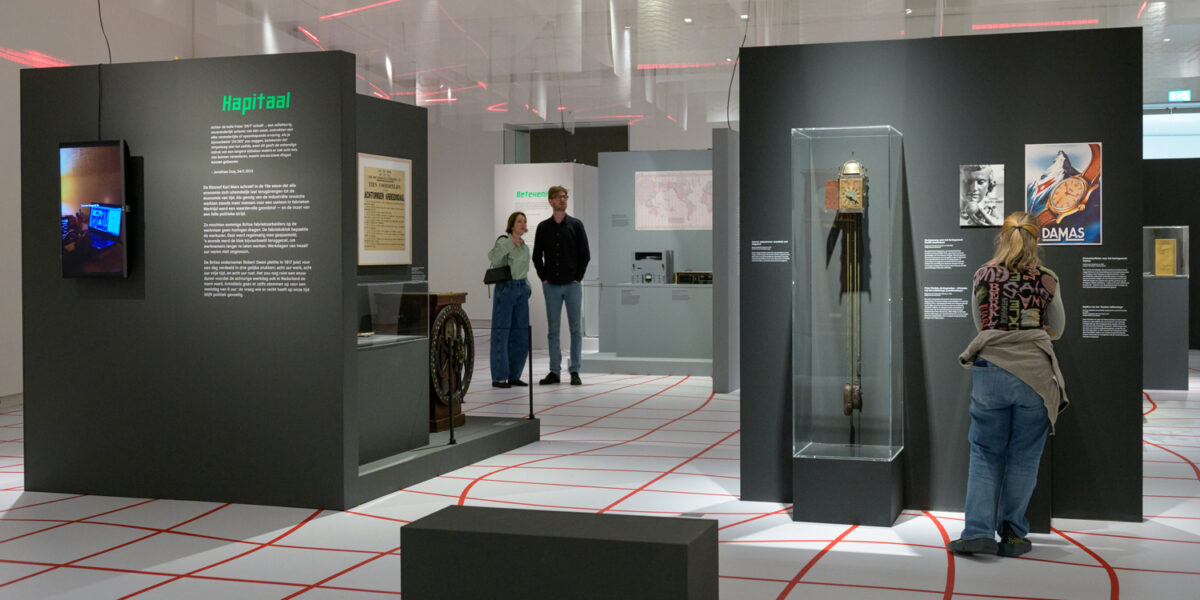
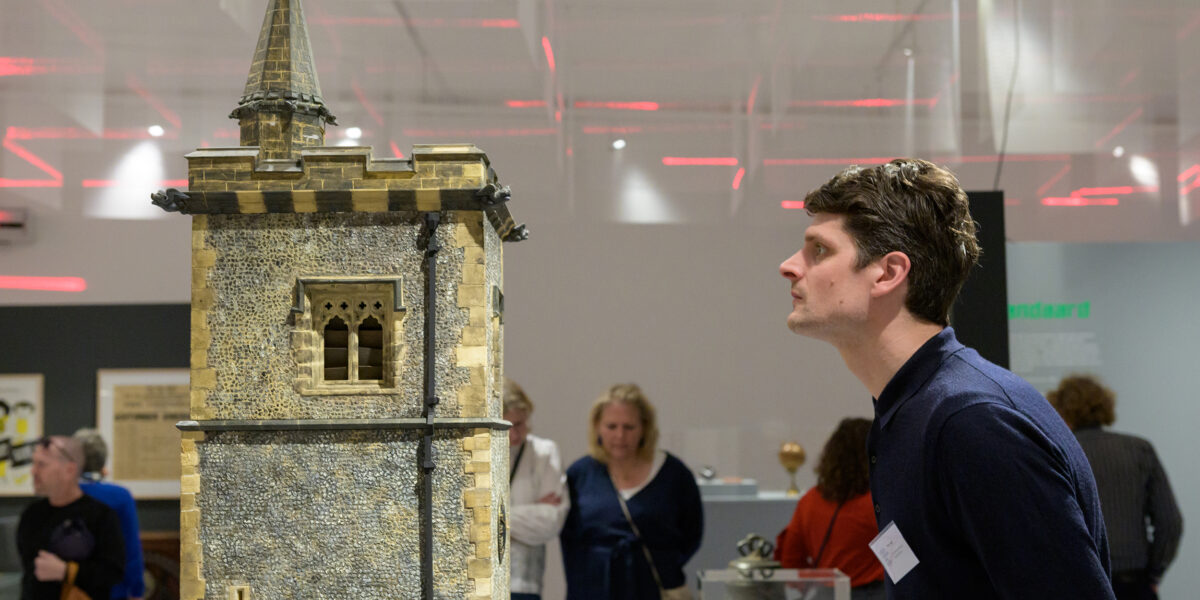
This exhibition was curated by curator Tomas van den Heuvel and head curator Yassine Salihine. The exhibition design was created by Studio Ilona Laurijsse and Maaike Anne Stevens.
This exhibition has been made with the support of Stichting Leye Fonds,

Gilles Hondius Foundation,

Stichting Nelissen-Smit Fonds,

Mr. Paul de Gruyter Stichting,

Cultuurloket DigitALL,

Coovels Smits Stichting,
the municipality of ‘s-Hertogenbosch,

the province Noord-Brabant,

the Friends, Members and Patrons of the museum and Club Design.
